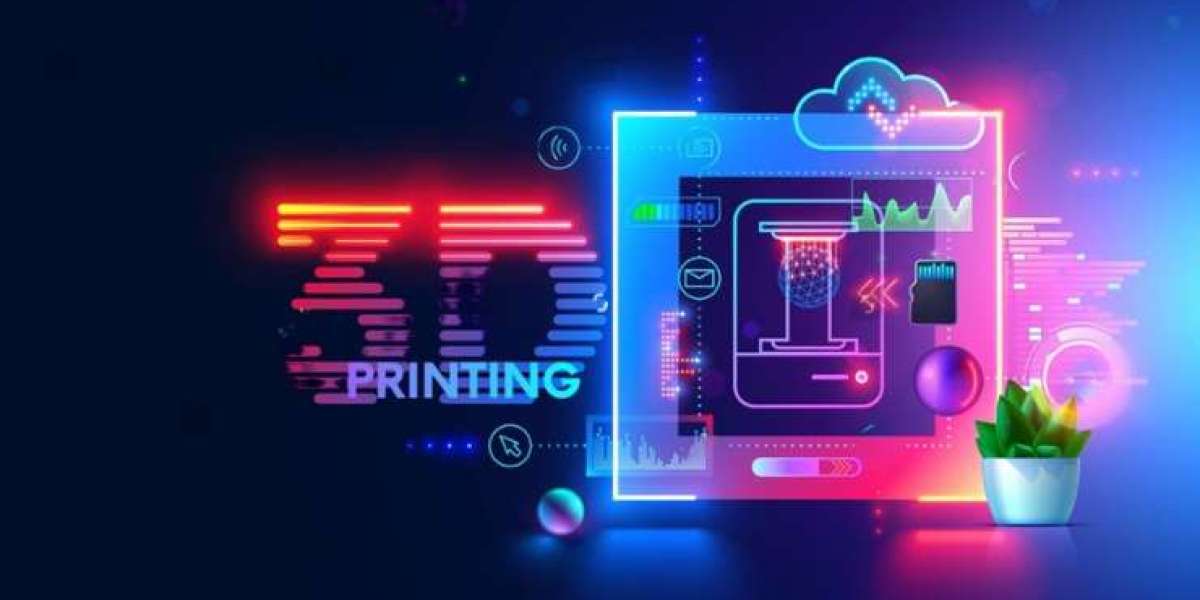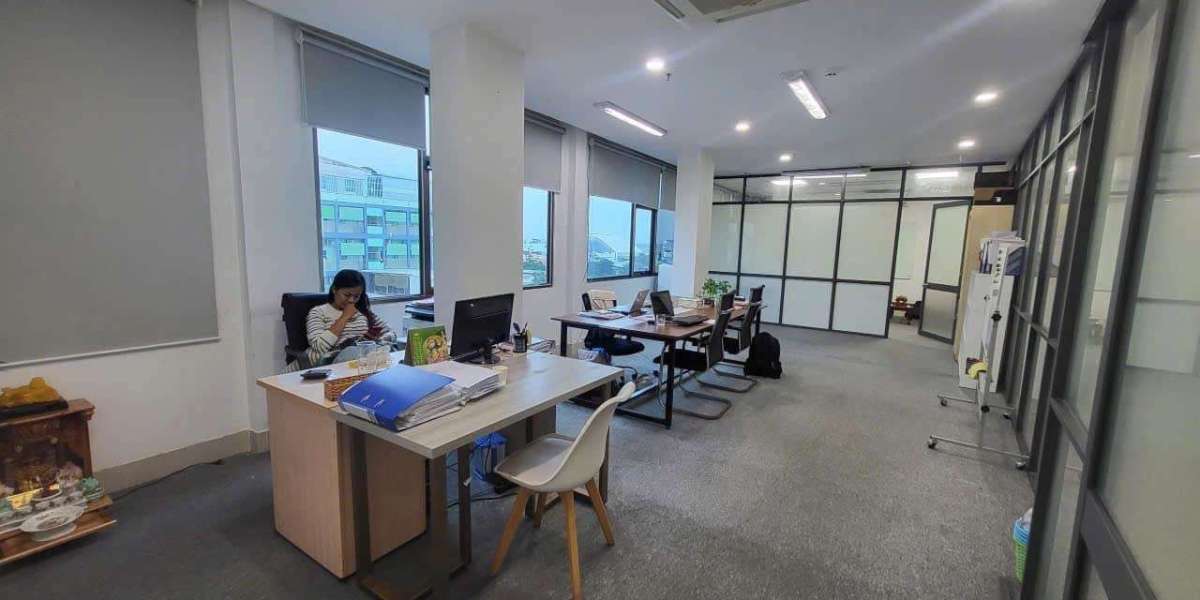Dubai is at the forefront of technological advancements in healthcare. One of the most significant innovations is 3D printing in the medical sector. Hospitals in Dubai are using this technology to create customized prosthetics. These prosthetics are designed to fit each patient perfectly. This approach enhances comfort, functionality, and overall quality of life.
The Need for Custom Prosthetics in Dubai
Prosthetics have always played a crucial role in helping individuals regain mobility and confidence. However, traditional prosthetics often require multiple adjustments.
This process is time-consuming and costly. In a city like Dubai, where medical tourism is growing, patients expect fast and effective solutions. 3D printing Dubai allows hospitals to create highly customized prosthetics in a shorter time frame.
Advantages of 3D Printed Prosthetics
Dubai’s hospitals are embracing 3D printing because of its numerous advantages. Some of the key benefits include:
- Personalized Fit: Each prosthetic is tailored to the patient’s specific measurements. This reduces discomfort and increases functionality.
- Faster Production: Traditional prosthetics can take weeks to manufacture. 3D printing speeds up the process significantly.
- Cost-Effectiveness: Custom prosthetics made with 3D printing are often more affordable than conventional options.
- Lightweight Materials: Many 3D printed prosthetics use durable yet lightweight materials. This makes them easier to wear.
- Innovative Designs: Advanced software enables the creation of prosthetics that mimic natural movement.
The Role of Dubai’s Advanced Healthcare System
Dubai is home to some of the most technologically advanced hospitals. These facilities are investing in state-of-the-art 3D printing labs. The government also supports medical innovation through initiatives like the Dubai Health Strategy. The aim is to improve patient care using advanced technology.
Dubai hospitals collaborate with research institutions and technology firms. This partnership allows them to stay ahead in medical 3D printing. The integration of artificial intelligence further enhances customization. AI-driven designs ensure that each prosthetic meets the unique needs of the patient.
Materials Used in 3D Printed Prosthetics
The success of 3D printed prosthetics depends on the materials used. In Dubai, hospitals experiment with various materials to ensure durability and comfort. Some commonly used materials include:
- Biocompatible Plastics: These are lightweight and safe for long-term use.
- Carbon Fiber Composites: These materials offer strength while remaining lightweight.
- Silicone-Based Materials: Ideal for creating flexible and comfortable prosthetic liners.
Dubai’s focus on sustainability is also influencing material choices. Hospitals are researching eco-friendly alternatives that reduce medical waste.
How 3D Printing Enhances the Prosthetic Manufacturing Process
The traditional prosthetic-making process is complex. It requires molds, adjustments, and multiple fittings. 3D printing simplifies this by using digital scanning and modeling. The process includes the following steps:
- Digital Scanning: A 3D scan captures the patient’s limb structure. This ensures precision.
- Computer-Aided Design (CAD): Experts create a digital model of the prosthetic.
- Material Selection: The right material is chosen based on the patient’s needs.
- 3D Printing: The prosthetic is printed layer by layer using advanced printers.
- Post-Processing: The final product is refined and tested for fit and function.
- Patient Fitting: The prosthetic is adjusted to ensure maximum comfort.
This process eliminates the need for repeated hospital visits. Patients receive their customized prosthetics in a shorter time.
Real-World Examples of 3D Printed Prosthetics in Dubai
Several hospitals in Dubai have successfully implemented 3D printed prosthetics. A notable example is the Dubai Health Authority’s initiative to provide affordable prosthetics. Some hospitals have even helped children receive customized prosthetic limbs. These prosthetics are not only functional but also aesthetically designed.
Dubai’s medical professionals also work with international organizations. This ensures they adopt the latest advancements in prosthetic technology. The city’s vision for smart healthcare includes making 3D printed prosthetics more accessible.
Challenges and Future of 3D Printed Prosthetics in Dubai
Despite its success, 3D printing in prosthetics has some challenges. One major issue is regulatory approval. Since these prosthetics are relatively new, strict guidelines must be followed. Hospitals must ensure they meet medical safety standards.
Another challenge is the initial investment in 3D printing technology. Advanced 3D printers and materials can be expensive. However, Dubai’s commitment to innovation is helping overcome this hurdle. Government funding and private sector investments continue to drive growth.
The future of 3D printed prosthetics in Dubai looks promising. Researchers are working on integrating smart sensors into prosthetics. These sensors could help patients control movement more naturally. Bioprinting is another area of development. Scientists are exploring ways to print artificial tissues and even limbs.
Conclusion
3D printing is revolutionizing prosthetic development in Dubai. Hospitals are using this technology to create highly customized, affordable, and efficient prosthetics. The advantages include faster production, a better fit, and lightweight materials.
With ongoing research and innovation, Dubai is set to become a global leader in 3D printed medical solutions. As technology advances, more patients will benefit from personalized and high-quality prosthetics.








